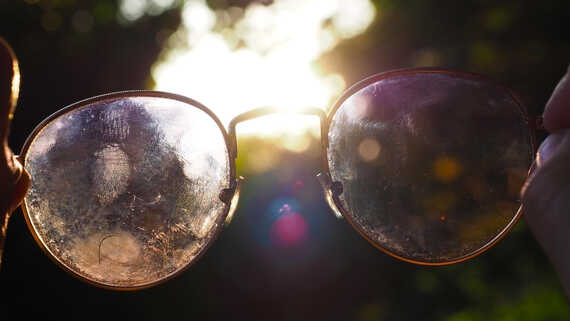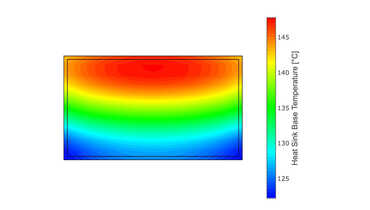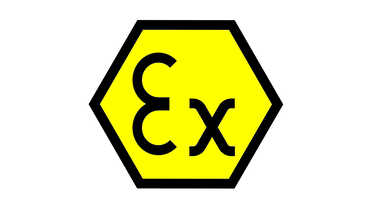Why Anti-Glare Coatings are not a good idea for Outdoor Monitors
In the era of digital innovation, touch screen technology has embedded itself in nearly every aspect of our daily lives. From smartphones to ATMs, touch screens are ubiquitous. This advancement has led to the exploration of using these screens in various outdoor settings. Naturally, with outdoor applications come challenges, particularly concerning sunlight readability. A solution that often springs to mind is the application of anti-glare coatings. However, while anti-glare coatings may seem like a straightforward remedy, they present significant drawbacks when used in bright sunlight. This article delves into the reasons why anti-glare coatings for outdoor touch screens may not be the silver bullet solution many hope for.
Understanding Anti-Glare Coatings
Before diving into the specifics, it's crucial to understand what anti-glare coatings are. These coatings scatter light using a rough surface on the outer layer, reducing the direct reflections one would generally see on smooth surfaces. By diffusing these reflections, screens can become more readable as the direct reflection of light sources (like bulbs or the sun) is minimized.
Reduced Screen Brightness
One of the primary concerns with anti-glare coatings is the inadvertent reduction in screen brightness. When light is scattered, less of it reaches the viewer's eyes directly. In indoor or controlled lighting environments, this isn't necessarily a problem. But in bright sunlight, a screen needs every bit of brightness it can muster to remain readable. An anti-glare coating can, ironically, make a screen appear dimmer in the very conditions it's meant to improve.
Hazy Appearance
Because the coating works by scattering light, this can often result in a hazy or cloudy appearance on the screen. In bright sunlight, the clarity of the displayed content is paramount. Users need to process information quickly, especially in applications like outdoor kiosks or vehicle touchscreens. A hazy screen can slow down this processing time, creating inefficiencies and potential frustration.
Compromised Color Accuracy
In applications where color accuracy is essential, anti-glare coatings can be problematic. The scattered light can alter the perceived color of on-screen content. This is especially critical in sectors like advertising, where branding and color consistency are key.
Durability Concerns
Outdoor touch screens are exposed to various elements – from dust and moisture to physical abrasions. While anti-glare coatings are designed to be durable, the outdoor environment can be harsh. Over time, the coating can wear off unevenly, leading to patches of differential glare and reduced clarity. This not only affects the functionality of the screen but also its aesthetics.
Cost Implications
Incorporating anti-glare coatings isn't always cost-effective. Especially for large-scale outdoor applications, the added expenses can be substantial. Given the potential drawbacks and the limited lifespan of these coatings in challenging environments, one might question the return on investment.
Alternatives to Anti-Glare Coatings
Given the limitations of anti-glare coatings, it's worth exploring alternatives:
High-Brightness Displays: These displays are designed explicitly for sunlight readability. They maintain clarity and brightness even in direct sunlight without the need for additional coatings.
Optical Bonding: This process involves bonding the touch sensor directly to the display, eliminating the air gap between them. This reduces internal reflections and improves sunlight readability.
Shade or Enclosure: Sometimes, a simple solution like providing shade or a protective enclosure for the touchscreen can be more effective than chemical coatings. This can also protect the device from other environmental factors.
Conclusion:
While anti-glare coatings might seem like an intuitive solution for outdoor touch screen applications, they present multiple challenges, especially in bright sunlight. From reduced brightness and a hazy appearance to compromised color accuracy and durability concerns, these coatings may not be ideal for all outdoor scenarios.
As technology evolves, it's essential to weigh the pros and cons of each solution critically. For outdoor touch screen applications, especially those exposed to bright sunlight, it may be more effective to look towards alternatives like high-brightness displays or optical bonding. Ultimately, the goal is to enhance user experience, ensuring clarity, accuracy, and durability in all conditions.




